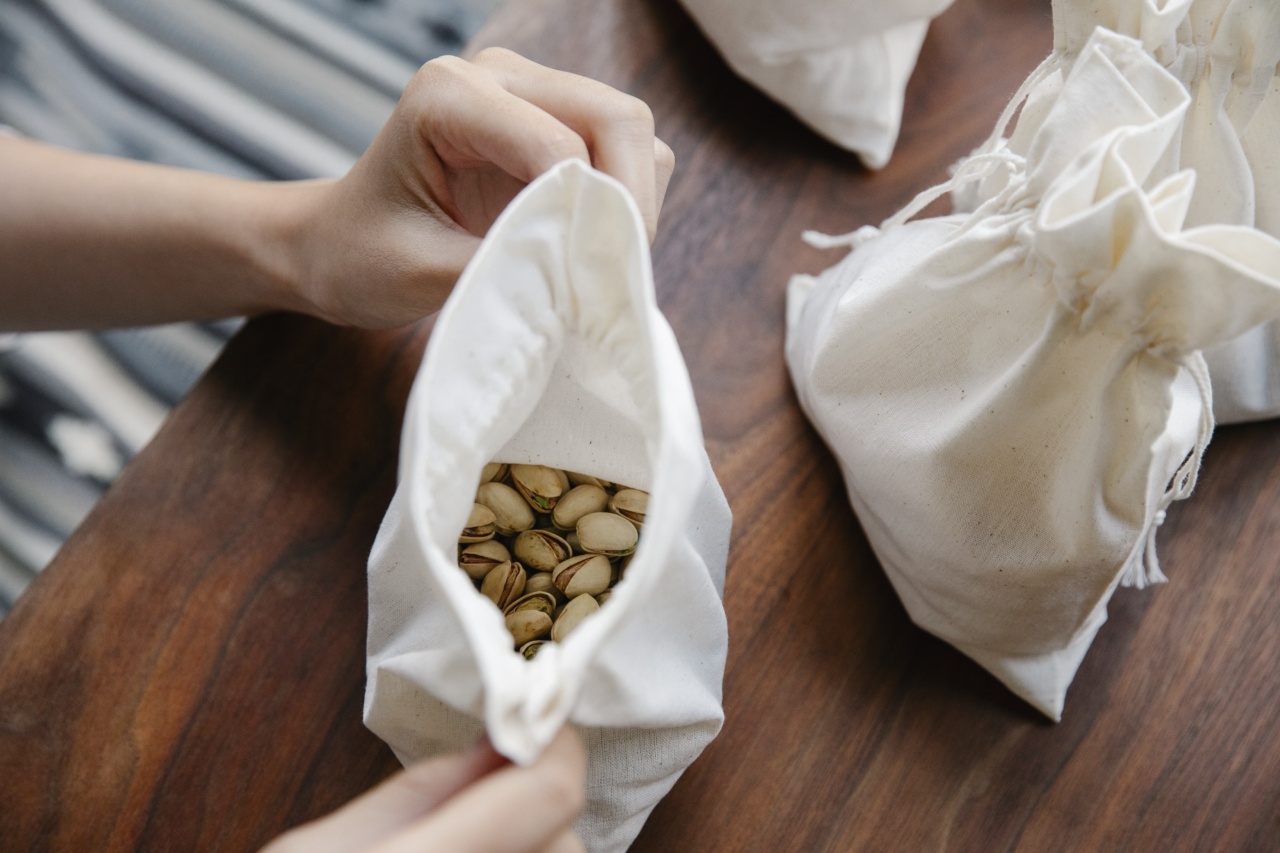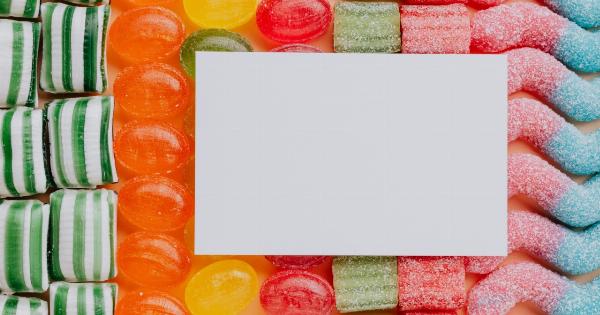Alcohol consumption is a common part of social gatherings and celebrations. Many people enjoy the effects of alcohol, such as relaxation and reduced inhibitions.
However, it is important to be aware of the potential consequences of alcohol consumption, particularly when it comes to calorie intake.
The Calorie Content of Alcohol
Alcohol contains calories, just like any other food or beverage. In fact, it is considered to be a macronutrient because it provides energy.
However, alcohol is unique because it provides empty calories, meaning it has no nutritional value besides calories.
The caloric content of alcohol varies depending on the type and proof. On average, a standard drink containing pure alcohol (about 14 grams) provides approximately 98 calories. This is equivalent to the calories present in one gram of fat.
Some alcoholic beverages, such as liquor and liqueurs, have a higher alcohol content and therefore more calories compared to beer or wine.
The Effects of Alcohol on Appetite
Alcohol consumption can lead to an increase in appetite and food intake. Studies have shown that alcohol can stimulate areas in the brain that regulate hunger and satiety, ultimately leading to overeating.
This effect is commonly referred to as the “drunchies” – a combination of drunkenness and munchies.
One reason for this phenomenon is that alcohol can disrupt the normal hormonal signals that regulate appetite.
For example, alcohol has been found to increase levels of the hormone ghrelin, which stimulates hunger, while decreasing levels of leptin, which signals fullness. This hormonal imbalance can result in a greater desire for food and a reduced ability to recognize satiety cues.
The Impact on Food Choices
Alcohol consumption can also influence the types of foods we choose to eat. When under the influence of alcohol, people tend to gravitate towards high-fat, salty, and sugary foods.
This can be attributed to the impaired decision-making and decreased inhibitions that alcohol induces.
Furthermore, research has shown that alcohol can alter the brain’s reward system, increasing the desire for highly palatable and calorically dense foods.
This combination of factors can lead to excessive calorie intake, as alcohol stimulates appetite while simultaneously promoting the consumption of energy-dense foods.
The Role of Alcohol’s CNS Depressant Effect
Alcohol acts as a central nervous system (CNS) depressant, meaning it slows down brain activity. This sedative effect can contribute to an increased calorie consumption as it impairs judgment and self-control.
Alcohol reduces inhibitions and can make individuals more likely to indulge in unhealthy eating behaviors.
Moreover, alcohol can also disrupt the body’s ability to regulate blood sugar levels effectively. When blood sugar levels drop due to alcohol consumption, it triggers cravings for sugary and high-carbohydrate foods.
This can result in a cascade of uncontrolled eating and subsequent weight gain.
The Role of Alcohol in Weight Gain and Obesity
Given that alcohol can lead to increased calorie consumption and influence food choices, it is not surprising that excessive alcohol intake has been associated with weight gain and obesity.
Alcohol contributes significantly to the overall daily calorie intake, leading to a positive energy balance.
Research has consistently shown a positive correlation between alcohol consumption and body weight. In addition to the direct calories obtained from alcohol, the accompanying food choices and increased appetite further contribute to weight gain.
Moreover, excessive alcohol consumption has been linked to abdominal fat accumulation, also known as “belly fat.” This type of fat deposition is particularly concerning as it has been associated with an increased risk of various health conditions, including cardiovascular disease and type 2 diabetes.
Strategies to Minimize the Impact of Alcohol on Calorie Consumption
While it may not be realistic to completely eliminate alcohol from one’s lifestyle, there are strategies that can help minimize the impact of alcohol on calorie intake:.
1. Choose lower-calorie alcoholic beverages:
Opt for lower-calorie options such as light beer, wine spritzers, or cocktails made with sugar-free mixers.
2. Practice moderation:
Limit alcohol consumption to moderate levels. The Centers for Disease Control and Prevention (CDC) defines moderate drinking as up to one drink per day for women and up to two drinks per day for men.
3. Stay hydrated:
Drink water or other non-alcoholic beverages alongside alcohol to stay hydrated and help control overall calorie intake.
4. Be mindful of portion sizes:
Awareness of serving sizes is crucial, especially when it comes to mixed drinks or cocktails that may contain high-calorie ingredients like sweeteners or syrups.
5. Plan nutritious meals and snacks:
Prioritize filling, nutrient-dense foods to help satisfy hunger and reduce the likelihood of making unhealthy food choices while under the influence of alcohol.
6. Mindful eating:
Practice mindful eating by paying attention to hunger and fullness cues. Learn to differentiate between actual hunger and the increased appetite that alcohol can induce.
7. Seek support:
If alcohol consumption becomes problematic or leads to unhealthy eating patterns, seeking support from healthcare professionals or support groups can be beneficial.
Conclusion
Alcohol consumption can have a significant impact on calorie consumption and food choices. The empty calories in alcohol, combined with its effects on appetite and decision-making, can contribute to weight gain and obesity.
It is important to be mindful of alcohol intake and implement strategies to minimize its impact on overall calorie intake. By practicing moderation, making thoughtful choices, and prioritizing a balanced diet, individuals can enjoy alcohol in a way that aligns with their health and wellness goals.






























